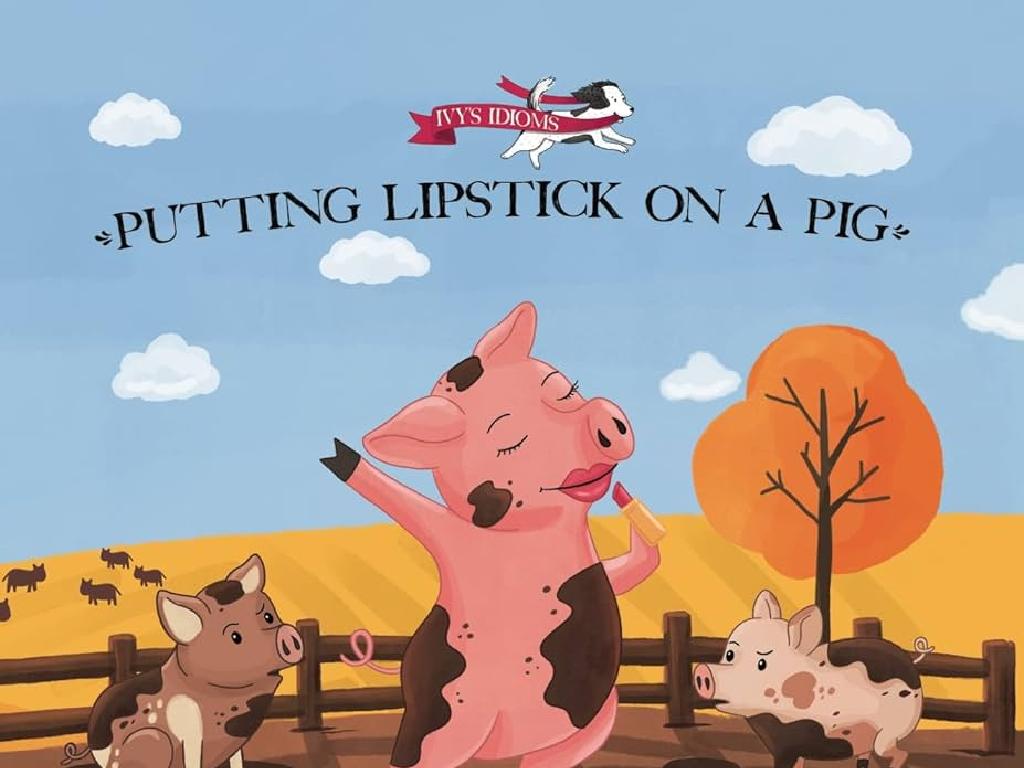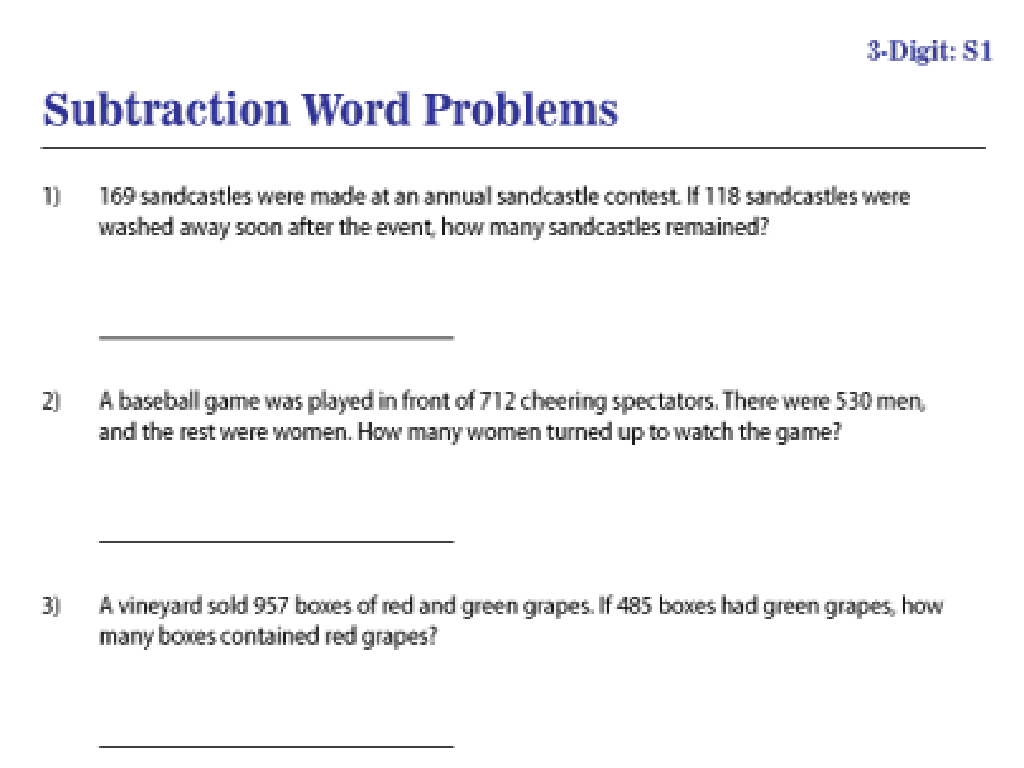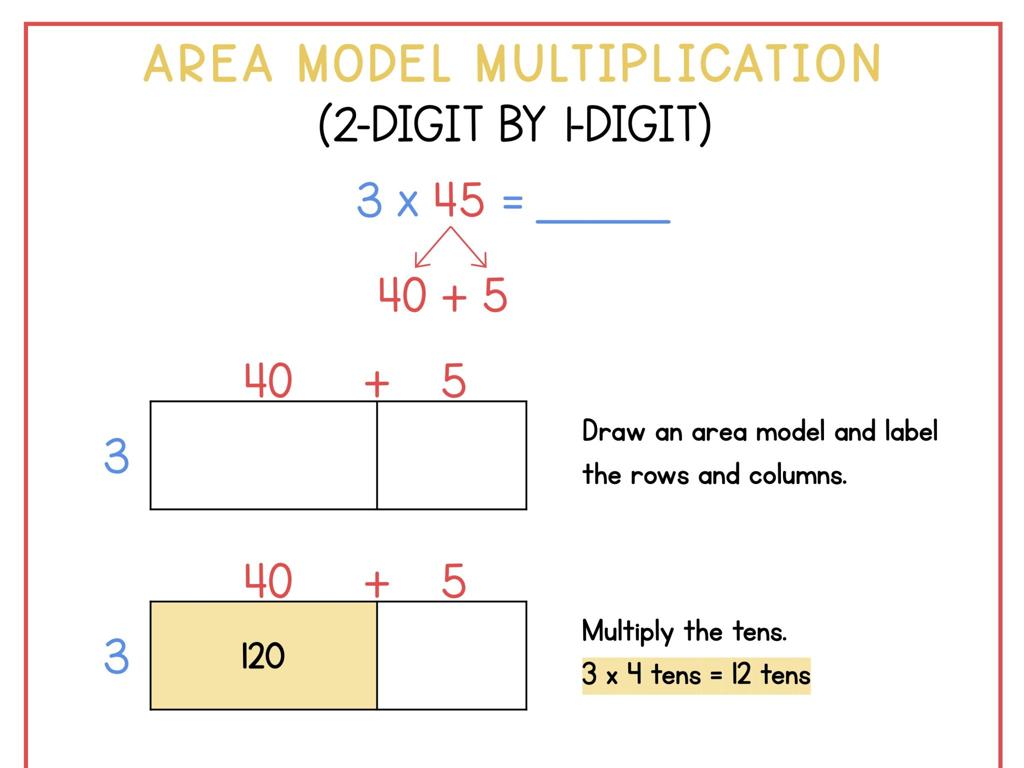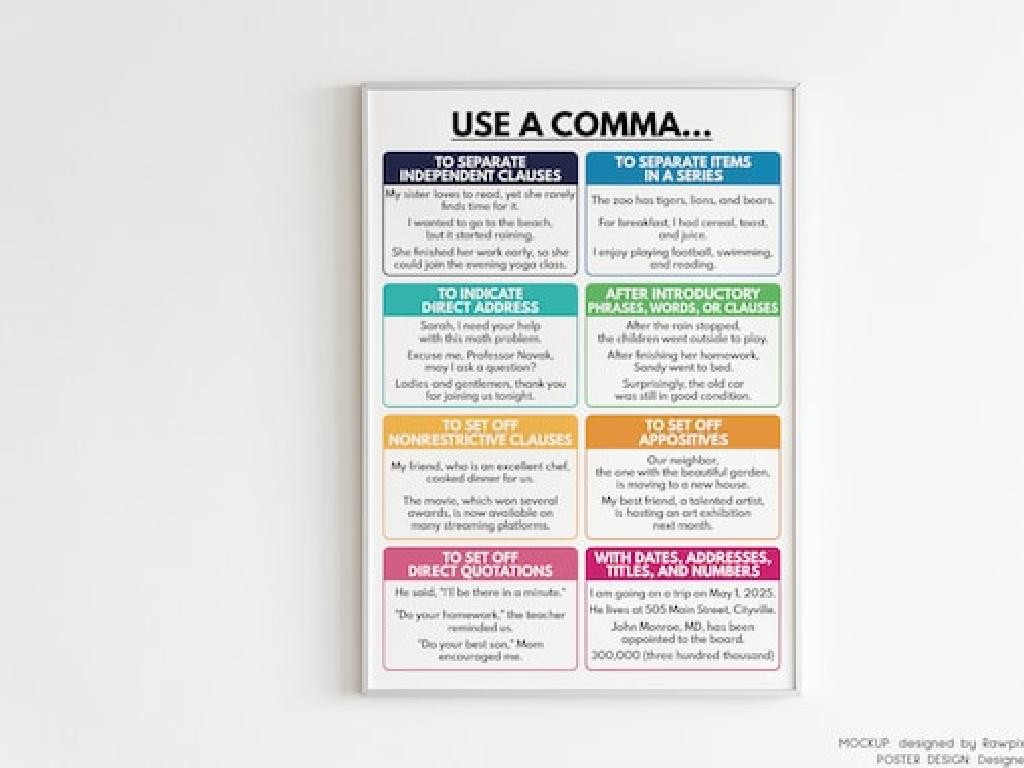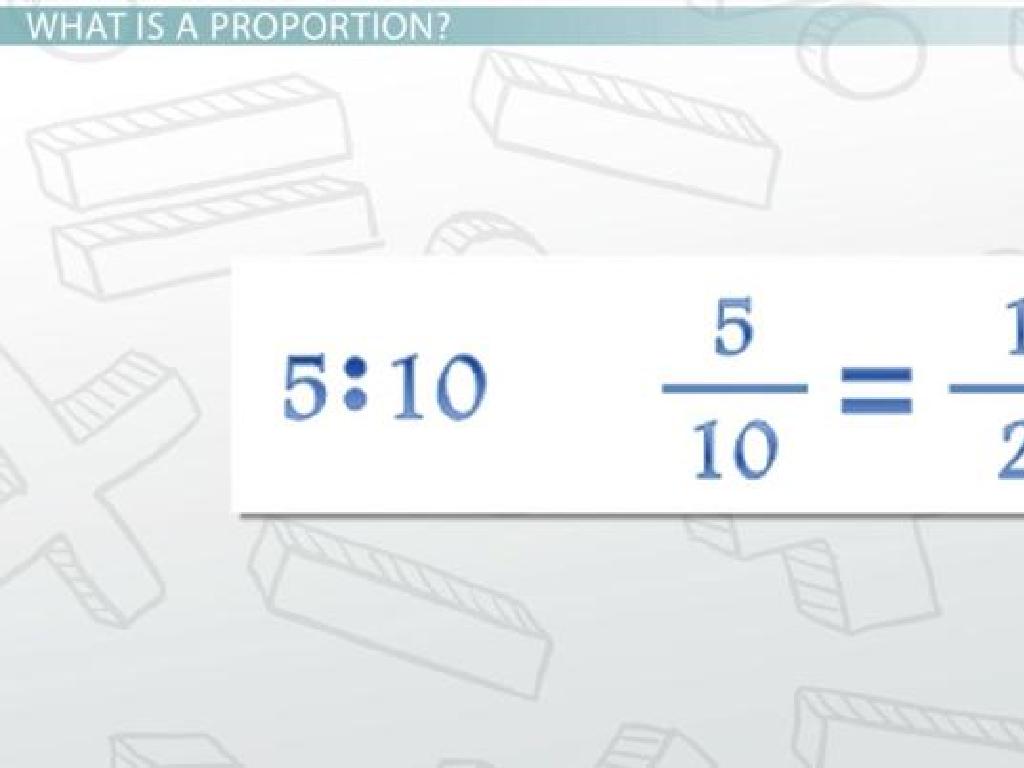Correct Errors With Signs
Subject: Language arts
Grade: Third grade
Topic: Editing And Revising
Please LOG IN to download the presentation. Access is available to registered users only.
View More Content
Detective Work: Editing and Revising!
– Become error detectives today
– Understanding editing and revising
– Editing is making changes to improve writing
– Why correcting errors matters
– Fixing mistakes helps us communicate clearly
– Practice makes perfect
– We’ll do fun activities to sharpen our skills
|
In today’s class, we’ll embrace the role of detectives, searching for clues to find and correct errors in writing. Start by explaining that editing is the process of correcting spelling, punctuation, and grammar mistakes, while revising involves improving the flow and clarity of writing. Emphasize the importance of editing and revising as essential skills for clear communication. Use examples of common errors that third graders might make and explain how correcting them helps others understand their writing better. Engage the class with interactive activities where they can practice these skills, such as peer-reviewing each other’s work or correcting sentences on the board.
Understanding Signs in Writing
– Signs guide us in reading
– Examples: periods, commas, etc.
– Stops (.), pauses (,), questions (?) and excitement (!)
– Using signs in sentences
– Let’s see where to put these signs in a sentence!
– Practice correcting sign errors
– We’ll fix sentences with missing or wrong signs together.
|
This slide introduces the concept of punctuation marks, referred to as ‘signs’, and their importance in writing. Start by explaining that signs in writing help us understand how to read text by indicating pauses, stops, or expression. Provide clear examples of each sign (period, comma, question mark, exclamation mark) and their usage. Engage the class with examples of sentences that are missing punctuation or have incorrect punctuation, and work together to correct them. This will help students recognize common errors and understand the rules for proper punctuation. Encourage students to look for these signs while reading and to be mindful of them in their writing.
Using Periods in Sentences
– Periods as stop signs
– Just like stop signs make cars stop, periods make readers stop.
– Signals the end of a sentence
– When you see a period, you know the thought is finished.
– Practice adding periods
– We’ll add periods to sentences together to learn.
|
This slide introduces the concept of periods to third-grade students, emphasizing their role as indicators of sentence completion. Begin by explaining that periods are like stop signs in writing, signaling readers to pause and understand that a sentence has ended. This visual analogy helps students remember to use periods correctly. During the class, engage students in an activity where they practice placing periods at the end of sentences. Provide sentences without periods and ask students to correct them. This hands-on practice reinforces the lesson and helps students apply the concept of ending sentences with periods.
Asking Questions with Question Marks
– When do we use question marks?
– We use them at the end of a sentence to ask something.
– Find sentences that are questions
– Look for sentences that want an answer from someone.
– Practice using question marks
– Let’s write sentences that need answers and add question marks!
– Why are question marks important?
|
This slide introduces the concept of question marks to third graders. Begin by explaining that question marks are punctuation signs used at the end of sentences that ask a question. Encourage students to identify sentences that are questions by looking for sentences that require an answer. Provide practice opportunities by having students write their own questions and punctuate them correctly with question marks. Emphasize the importance of question marks in writing to clearly indicate when a question is being asked. This will help students understand how punctuation can change the meaning of sentences and improve their reading comprehension skills.
Showing Excitement with Exclamation Marks!
– Exclamation marks show excitement
– They are like shouting or cheering in writing!
– Find sentences needing exclamation marks
– Look for sentences that show strong feeling or surprise.
– Add exclamation marks to sentences
– Change ‘I can’t wait for the party’ to ‘I can’t wait for the party!’
– Practice writing with excitement!
|
This slide is designed to teach third-grade students how to use exclamation marks to express strong feelings or excitement in their writing. Start by explaining the purpose of exclamation marks and how they can change the tone of a sentence. Encourage students to identify sentences in their favorite stories or their own writing that could use an exclamation mark. Then, have them practice adding exclamation marks to make sentences more exciting. For example, take a simple sentence and show how adding an exclamation mark can change the feeling it conveys. Finally, let students write their own sentences using exclamation marks to express excitement or strong emotion.
Taking a Pause: Learning About Commas
– Commas are like yellow lights
– They signal us to slow down when reading
– Commas list items and create pauses
– For example: apples, bananas, and cherries
– Practice using commas in a series
– We’ll write sentences with lists together
|
This slide introduces the concept of commas to third-grade students, relating them to yellow traffic lights as a visual and conceptual aid to signify a pause. Emphasize the use of commas in listing items in a series and the natural pause they create in sentences. Provide clear examples of commas in lists, and prepare a class activity where students can practice writing their own lists using commas. Encourage students to read sentences aloud, pausing slightly at each comma to reinforce the concept of taking a break. This will help them understand the rhythm of sentences and the importance of punctuation in writing.
Let’s Edit a Paragraph!
– Become a punctuation detective
– Search for missing periods
– Periods end statements. Where did the writer forget them?
– Find missing question marks
– Question marks end questions. Can you find sentences that are questions?
– Spot where commas should be
– Commas separate ideas or items. Look for lists or pauses.
|
In this activity, students will practice their editing skills by identifying and correcting punctuation errors in a paragraph. Encourage them to look carefully for sentences that are missing periods, question marks, and exclamation marks. Remind them that periods are used to end statements, question marks to end questions, and commas to indicate a pause or list items. This exercise will help reinforce their understanding of punctuation rules and improve their proofreading abilities. Prepare a paragraph with intentional errors for the students to correct and discuss the corrections as a class.
Class Activity: Editing Race
– Team up with a classmate
– Find errors in the given paragraph
– Look for misspelled words and wrong punctuation
– Correct all errors to win
– Teamwork and careful reading win the race!
– Pay close attention to every detail in the paragraph
|
This activity is designed to make editing practice fun and engaging. Students will work in pairs to encourage collaboration. Provide each pair with a paragraph that contains several intentional errors, including spelling mistakes, incorrect punctuation, and improper use of signs. The goal is to find and correct all errors. The first team to correctly edit the entire paragraph wins a small prize. This encourages speed but also accuracy. Have a few variations of the paragraph ready for different pairs to prevent copying. Possible errors to include: missing commas, incorrect capitalization, and misused question marks. Emphasize the importance of teamwork and careful reading. After the activity, review the corrections as a class to reinforce the learning.

